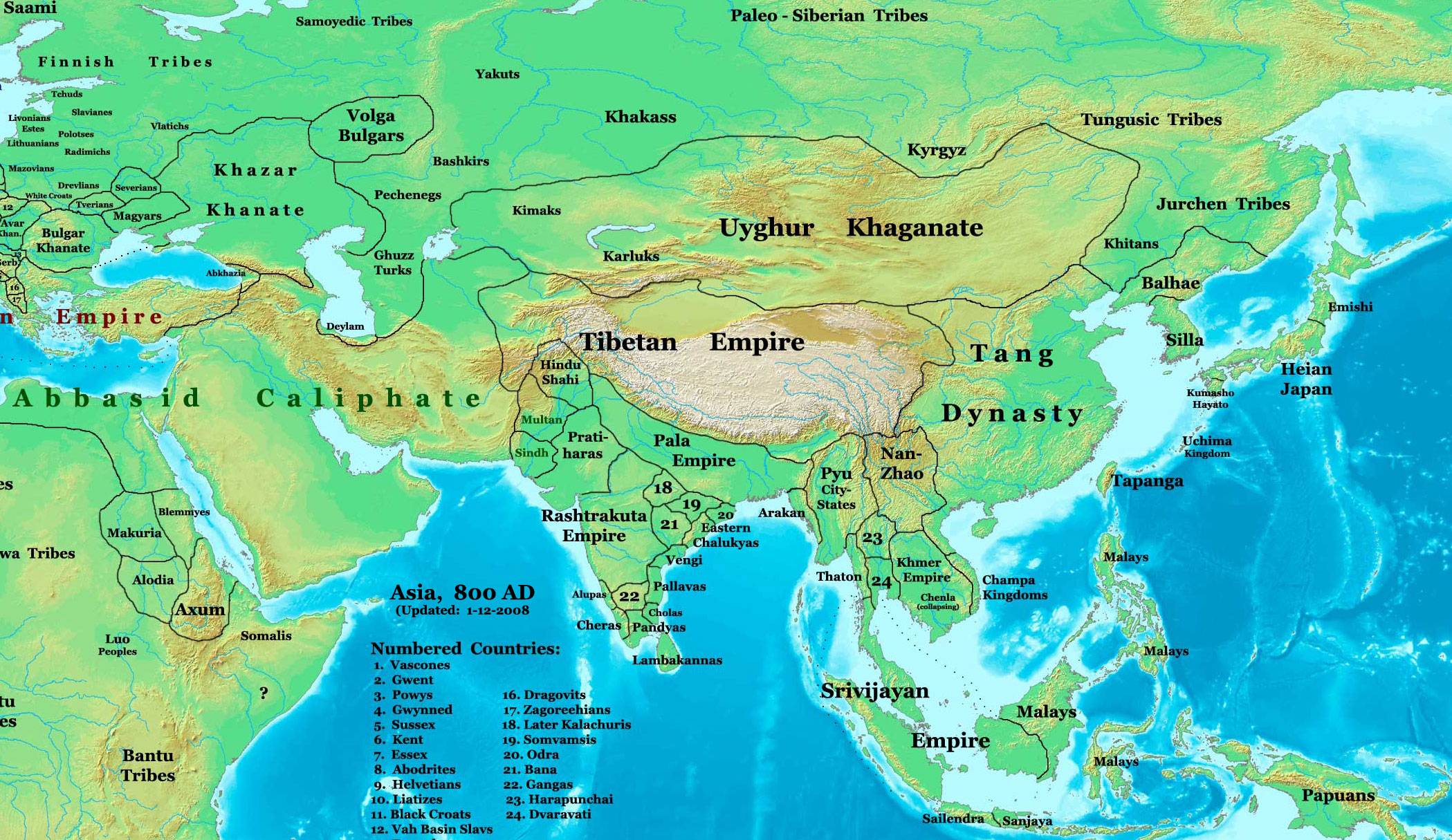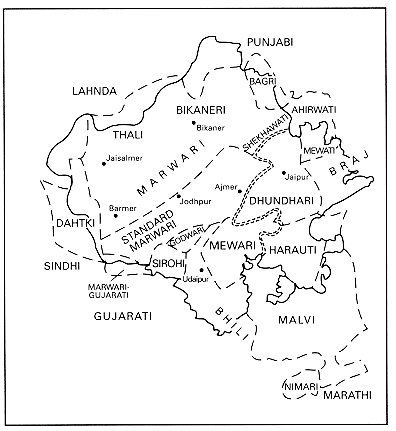|
Jaisalmer
Jaisalmer , nicknamed ''The Golden city'', is a city in the north-western Indian state of Rajasthan, located west of the state capital Jaipur, in the heart of the Thar Desert. It serves as the administrative headquarters of Jaisalmer district. It is a former medieval trading center and the historic capital of the kingdom of Jaisalmer, founded in 1156 by Rawal Jaisal of the Bhati clan of Rajputs. Jaisalmer stands on a ridge of yellowish sandstone and is crowned by the World Heritage Site, Jaisalmer Fort, a sprawling hilltop citadel supported by 99 bastions. This fort contains a royal palace and several ornate Jain temples. Many of the houses and temples of both the fort and of the town below are built of finely sculptured yellow sandstone. The town has a population, including the residents of the fort, of about 78,000. Jaisalmer ranked 9th on Booking.com's Top 10 The Most Welcoming cities in the world. It is the only Indian city on the list. Etymology Jaisalmer was founded ... [...More Info...] [...Related Items...] OR: [Wikipedia] [Google] [Baidu] |
Jaisalmer Fort
Jaisalmer Fort is situated in the city of Jaisalmer, in the Indian state of Rajasthan. It is one of the very few "living forts" in the world (such as Carcassonne, France), as nearly one fourth of the old city's population still resides within the fort. For the better part of its 860-year history, the fort was the city of Jaisalmer. The first settlements outside the fort walls, to accommodate the growing population of Jaisalmer, are said to have come up in the 17th century. Jaisalmer Fort is the second oldest fort in Rajasthan, built in 1156 AD by the Rawal (ruler) Rawal Jaisal, Jaisal from whom it derives its name, and stood at the crossroads of important trade routes (including the ancient Silk Road, Silk road). The fort's massive yellow sandstone walls are a tawny lion colour during the day, fading to honey-gold as the sun sets, thereby camouflaging the fort in the yellow desert. For this reason it is also known as the Swarn Durg, Sonar ''Quila'' or ''Golden Fort''. The n ... [...More Info...] [...Related Items...] OR: [Wikipedia] [Google] [Baidu] |
Jaisalmer District
Jaisalmer district is the largest district in the Indian state of Rajasthan, and the third largest district in India. Located in Marwar (Jodhpur Division), the city of Jaisalmer is the administrative headquarters of the district. It is around from the city of Jodhpur, and around from Jaipur, the capital of Rajasthan. As of the 2011 population census, it is the least populous district out of all 50 districts in Rajasthan. Geography With an area of , Jaisalmer is the largest district in Rajasthan, and the third-largest in the country by area. The Jaisalmer district lies in the Thar Desert, which straddles the border of India and Pakistan. It is bound in the northeast by Bikaner District, in the east by Jodhpur District, in the south by Barmer District, and in the west and north by Pakistan. The district is located within a rectangle lying between 26°.4’ –28°.23' north parallel and 69°.20'-72°.42' east meridians. The international border adjacent to the distric ... [...More Info...] [...Related Items...] OR: [Wikipedia] [Google] [Baidu] |
Rawal Jaisal
Rawal Jaisal Bhati (1113–1168) was the founder and first ruler of the Kingdom of Jaisalmer, ruling from 1156 to 1168 CE. Jaisal was a Rajput chief of the Bhati clan who lived during the 12th century, Jaisal rose to power in 1143 by defeating his nephew, Rawal Bhojdeo of Lodhruva, in battle and seizing his nephew's position as Rawal (title), Rawal. In 1156, Jaisal founded the city of Jaisalmer and became the Rawal of the Kingdom of Jaisalmer. Jaisal's descendants ruled Jaisalmer as Rawal, and later as Maharawal, until Indian independence movement, India's independence in 1947. Jaisal is also claimed to be the ancestor of the Phulkian dynasty and other notable families and individuals. Ancestry Jaisal traced his descent to Rao Bhati, a 3rd-century Hindus, Hindu monarch and the common ancestor of the Bhati, Bhati Rajput Rajput clans, clan. The first monarch in Jaisal's ancestry to have the title of Rawal (title), Rawal was Devraj of Lodhran, his ancestor in the 9th century. Dev ... [...More Info...] [...Related Items...] OR: [Wikipedia] [Google] [Baidu] |
Kingdom Of Jaisalmer
The Kingdom of Jaisalmer was a kingdom of Bhati Rajput, Rajputs in the far-western part of present-day Rajasthan, India, from the mid-12th century CE until 1947. In 1156 CE, Rawal Jaisal moved his capital from Lodhruva to Jaisalmer because the former was vulnerable to attacks from Turko-Afghan and Baloch tribes. The descendants of Jaisal continued to exercise absolute control over Jaisalmer until 1818 CE, when a treaty of subsidiary alliance with the British East India Company bringing under British protection and sphere of influence. Known as the Maharawal, the native ruler of the princely state was entitled to a 15-gun salute. History Early history The royal dynasty of Jaisalmer claims to be descended from the deified hero Krishna. Although the claims are not verified and there is no historical consensus regarding this. The Bhati rulers originally ruled parts of Afghanistan; their ancestor Rawal Gaj is believed to have founded the city of Gajni. According to James Tod ... [...More Info...] [...Related Items...] OR: [Wikipedia] [Google] [Baidu] |
Bhati
Bhati (also romanised as Bhattī) is a Rajput clan. The Bhati clan historically ruled over several cities in present-day India and Pakistan with their final capital and kingdom being Jaisalmer, India. History The Bhatis of Jaisalmer belonged to the Yadava clan of Rajputs. They reportedly originated in Mathura through a common ancestor named Rao Bhati, who claimed descent from Pradyumna, a Hindu mythological figure. According to the seventeenth-century '' Nainsi ri Khyat'', the Bhatis after losing Mathura moved to Bhatner in Lakhi Jungle, and from there to other locations in western and northwestern India including Punjab. Rao Bhati conquered and annexed territories from 14 princes in Punjab, including the area of what is now modern-day Lahore. He is also credited with establishing the modern town of Bathinda in the Lakhi jungle area in the 3rd century. The Bhatis also claim descent through Rao Bhati from Raja Sálbán the legendary founder of Sialkot.The Bhati ruler ... [...More Info...] [...Related Items...] OR: [Wikipedia] [Google] [Baidu] |
Thar Desert
The Thar Desert (), also known as the Great Indian Desert, is an arid region in the north-western part of the Indian subcontinent that covers an area of in India and Pakistan. It is the world's 18th-largest desert, and the world's 9th-largest hot subtropical desert. About 85% of the Thar Desert is in India, and about 15% is in Pakistan. The Thar Desert is about 4.56% of the total geographical area of India. More than 60% of the desert lies in the Indian state of Rajasthan; the portion in India also extends into Gujarat, Punjab, and Haryana. The portion in Pakistan extends into the provinces of Sindh and Punjab (the portion in the latter province is referred to as the Cholistan Desert). The Indo-Gangetic Plain lies to the north, west and northeast of the Thar desert, the Rann of Kutch lies to its south, and the Aravali Range borders the desert to the east. The most recent paleontological discovery in 2023 from the Thar Desert in India, dating back to 167 million years ... [...More Info...] [...Related Items...] OR: [Wikipedia] [Google] [Baidu] |
Rajasthan
Rajasthan (; Literal translation, lit. 'Land of Kings') is a States and union territories of India, state in northwestern India. It covers or 10.4 per cent of India's total geographical area. It is the List of states and union territories of India by area, largest Indian state by area and the List of states and union territories of India by population, seventh largest by population. It is on India's northwestern side, where it comprises most of the wide and inhospitable Thar Desert (also known as the Great Indian Desert) and shares a border with the Pakistani provinces of Punjab, Pakistan, Punjab to the northwest and Sindh to the west, along the Sutlej-Indus River valley. It is bordered by five other Indian states: Punjab, India, Punjab to the north; Haryana and Uttar Pradesh to the northeast; Madhya Pradesh to the southeast; and Gujarat to the southwest. Its geographical location is 23°3' to 30°12' North latitude and 69°30' to 78°17' East longitude, with the Tropic of Can ... [...More Info...] [...Related Items...] OR: [Wikipedia] [Google] [Baidu] |
Bada Bagh
Bada Bagh, also called Barabagh (lit. "grand garden" in Hindi) is a garden complex located about six kilometers north of Jaisalmer in the Indian state of Rajasthan. Overlooking a mango plantation sits a set of royal chhatri cenotaphs constructed by the kings of the Jaisalmer State in the 18th, 19th and early 20th centuries CE.Bada Bagh Department of Tourism, Government of Rajasthan website. History A descendant of Maharawal Jaisal Singh, the founder of |
Gadisar Lake
Gadisar Lake is an artificial lake in Jaisalmer, Rajasthan, India. It was built by the founder of Jaisalmer, King Rawal Jaisal in 1156 AD and later rebuilt by Gadsi Singh Bhati around 1367 AD. The lake is located about from Jaisalmer Fort. It is said that this lake once provided water to the entire city. Presently, the water comes in the Gadisar Lake from Indira Gandhi Canal, so it never dries. History Gadisar lake is an artificial lake. It is located in the southern part of the city of Jaisalmer. This lake was built by the founder king of Jaisalmer Rawal Jaisal Rawal Jaisal Bhati (1113–1168) was the founder and first ruler of the Kingdom of Jaisalmer, ruling from 1156 to 1168 CE. Jaisal was a Rajput chief of the Bhati clan who lived during the 12th century, Jaisal rose to power in 1143 by defeating .... Due to this, it was also called ''Jaisalasar Lake'' earlier. At that time it was the only water source of the Jaisalmer region. Later the lake was rebuilt by Gadsi Si ... [...More Info...] [...Related Items...] OR: [Wikipedia] [Google] [Baidu] |
Marwari Language
Marwari (, , ) is a Western Indo-Aryan languages, Western Indo-Aryan language belonging to the Indo-Iranian languages, Indo-Iranian subdivision of the Indo-European languages. Marwari and its closely related varieties like Dhundhari language, Dhundhari, Shekhawati language, Shekhawati and Mewari language, Mewari form a part of the broader Rajasthani language family. It is spoken in the Indian state of Rajasthan, as well as the neighbouring states of Gujarat and Haryana, some adjacent areas in eastern parts of Pakistan, and some migrant communities in Nepal. There are two dozen varieties of Marwari. Marwari is popularly written in Devanagari script, as are many languages of India and Nepal, including Hindi, Marathi language, Marathi, Nepali language, Nepali, and Sanskrit; although it was historically written in Mahajani, it is still written in the Perso-Arabic script by the Marwari minority in Eastern parts of Pakistan (the standard/western Naskh (script), Naskh script variant ... [...More Info...] [...Related Items...] OR: [Wikipedia] [Google] [Baidu] |
List Of Districts Of India
A district (''Zila (country subdivision), zila''), also known as revenue district, is an Administrative divisions of India, administrative division of an States and union territories of India, Indian state or territory. In some cases, districts are further subdivided into Revenue division, sub-divisions, and in others directly into tehsil, ''tehsils'' or ''talukas''. , there are a total of 780 districts in India. This count includes Mahe and Yanam which are Census districts and not Administrative districts and also includes the temporary Maha Kumbh Mela district but excludes Itanagar Capital Complex which has a Deputy Commissioner but is not an official district. District Administration ;The District officials include: *District Judge (India), District & Sessions Judge (Principal & additional), an officer belonging to the Judiciary of India, Indian Judicial Service (state), responsible for justice and passing orders of imprisonment, including the Capital punishment, death pena ... [...More Info...] [...Related Items...] OR: [Wikipedia] [Google] [Baidu] |




